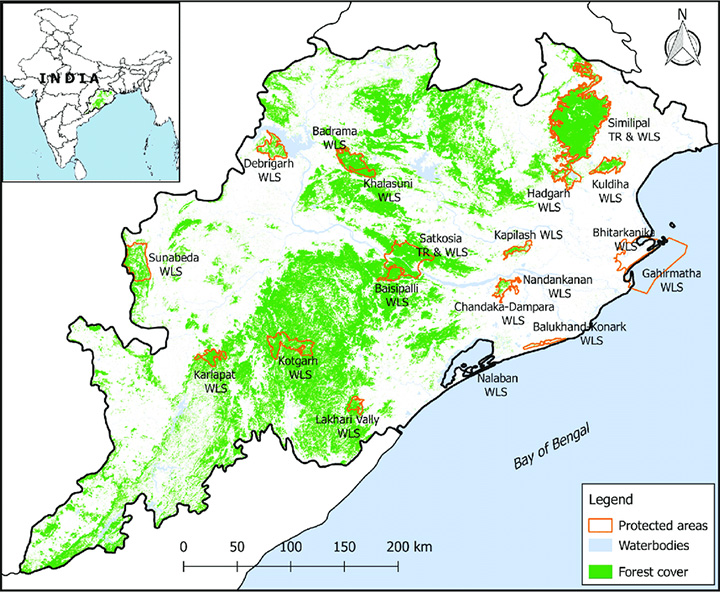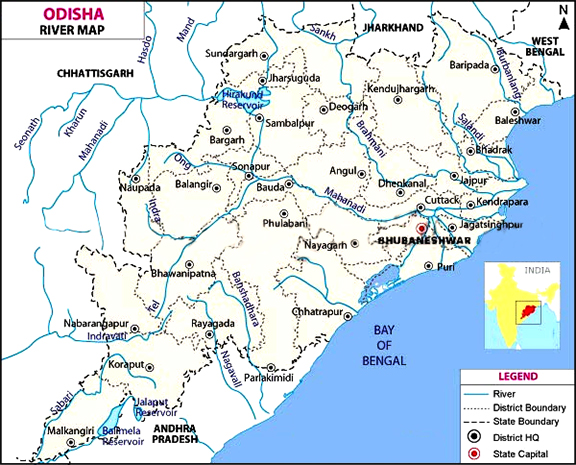Threat to Bhitarkanika National Park: Odisha | 04 Sep 2021
Why in News
Recently, some environmental activists pointed out that Odisha’s Bhitarkanika National Park, is under severe threat due to planned diversion of freshwater from the Brahmani river basin.
Key Points
- Concerns:
- Excess water allocation for industries, which is likely to reduce fresh water discharge to the sea.
- The lack of normal flow of fresh water would increase saline ingression upstream, it would affect the local flora and fauna as well as the livelihoods of the farmers and fishermen dependent upon the Brahmani and the Kharasrota (tributary of the Brahmani).
- There could be a quantum increase in the man–crocodile conflict since the estuarine crocodiles would leave the core sanctuary area and migrate upstream once salinity increases.
- The reduction in water discharge will reduce the mangroves and without the mangroves, the Gahirmatha Marine Sanctuary will become a marine desert.
- Nutrients from Bhitarkanika are flushed out to the Gahirmatha Marine Sanctuary, which attracts the world’s largest population of Olive Ridley sea turtles for congregation and nesting.
- Bhitarkanika National Park:
- About:
- It has the second-largest mangrove forest in India and is a Ramsar site. It was declared as a Bhitarkanika National Park in the year of 1988.
- Bhitarkanika is located in the estuary of Brahmani, Baitarani, Dhamra, and Mahanadi river systems. It is located in Kendrapara district of Odisha.
- It is one of Odisha’s finest biodiversity hotspots and is famous for its mangroves, migratory birds, turtles, estuarine crocodiles, and countless creeks.
- It is said to house 70% of the country’s estuarine or saltwater crocodiles, conservation of which was started way back in 1975.
- Protected Areas: The Bhitarkanika is represented by 3 Protected Areas which are:
- Bhitarkanika National Park.
- Bhitarkanika Wildlife Sanctuary.
- Gahirmatha Marine Sanctuary.
- About:
- River Brahmani:
- It is a river in northeastern Odisha state, eastern India. Formed by the confluence of the Sankh and South Koel rivers in southern Bihar state, the Brahmani flows for 300 miles.
- It winds generally south-southeast past Bonaigarh and Talcher and then turns east to join northern branches of the Mahanadi River, which then empties into the Bay of Bengal at Palmyras Point.
- It is one of the few rivers that cut across the Eastern Ghats, and it has formed a minor gorge at Rengali, where a dam has been built.


